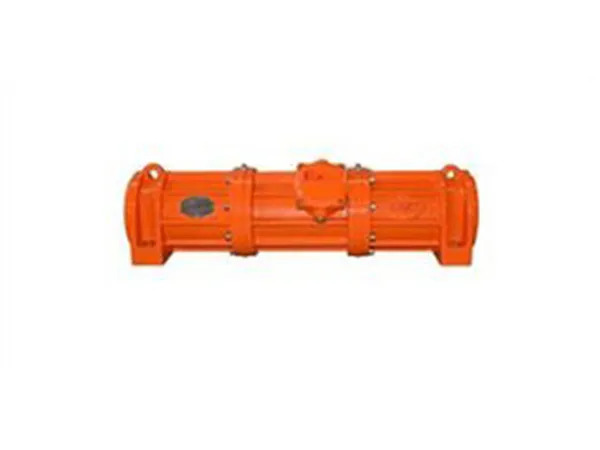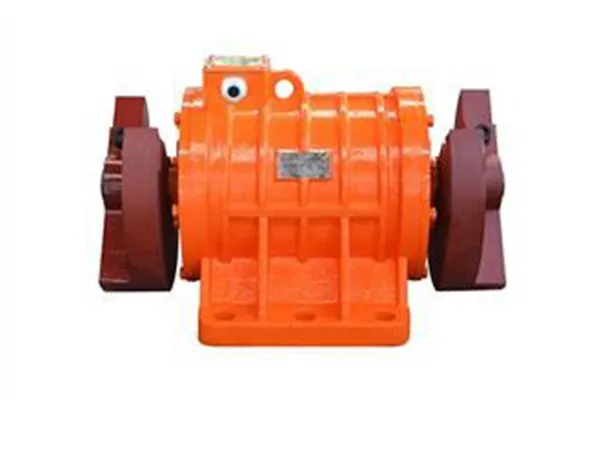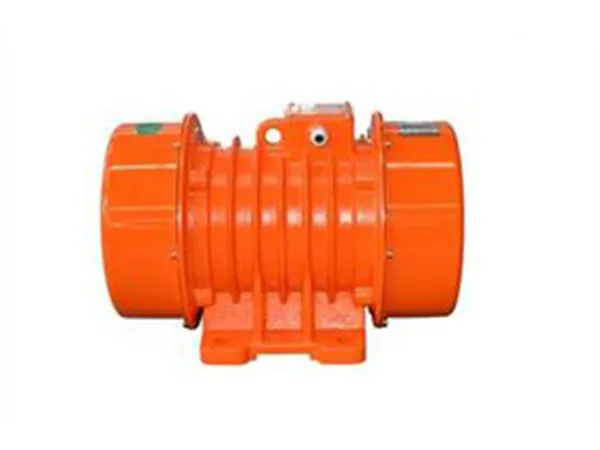time:Oct 23, 2024 source:ZEXCIT
Vibration motors are the unsung heroes of many modern technologies, providing the tactile feedback that enhances user interaction in a variety of devices. These compact, coreless DC motors are not only found in smartphones and gaming consoles but also in industrial automation, medical devices, and even wearable technology for rehabilitation purposes. As technology advances, the role of vibration motors continues to expand, offering new possibilities in how we interact with the digital world.
Technical Insights
Vibration motors operate on the principle of an unbalanced weight that spins within the motor, creating the characteristic vibration. Recent research has focused on reducing noise and vibration in more complex motor structures, such as the tangential magnetizing parallel structure hybrid excitation synchronous motor (TMPS-HESM). Studies have developed analytical models for radial electromagnetic force waves, leading to optimizations that can effectively reduce electromagnetic vibration and noise.

In consumer electronics, vibration motors provide haptic feedback, enhancing the user experience in devices like smartphones, gaming consoles, and wearable devices. They offer a silent notification system that is both effective and power-efficient.
In industrial settings, vibration motors are used in applications such as vibrating screens and conveyors, compactors, and other machinery where rhythmic shaking is required for processing materials.
The medical field has seen innovative uses for vibration motors, particularly in rehabilitation. Wearable devices like the VTS Glove provide vibrotactile stimulation to aid in the recovery of motor function in stroke survivors.
These devices offer a new approach to rehabilitation, allowing patients to receive therapy outside of clinical settings.

Looking ahead, the vibration motor industry is set to benefit from advancements in material science, improvements in energy efficiency, and the growing demand for wearable technology. The integration of vibration motors in smart textiles and other innovative applications will further expand the market potential.
Conclusion
Vibration motors are a critical component in the technology landscape, providing essential functionality and enhancing user experience across a range of applications. As the market continues to grow and innovate, vibration motors will play a pivotal role in the development of more interactive and responsive technologies. With ongoing research and development, the future of vibration motors looks set to be as dynamic as the applications they serve.

MVT series vibrator compared with ordinary vibrators, MVT series vibrators have wider vibration coverage and more convenient installation. MVT series vibrators are widely used in coal, mining, petroleum, foundry, food processing and other industries. Used on vibrating screens, feeders and other equipment.
READ MORE
The VBH series vibration motors are specialized electric motors designed for generating controlled vibrations in various industrial applications. These motors are known for their reliability, durability, and efficiency, making them suitable for integration into equipment such as vibrating screens, feeders, conveyors, compactors, and sieves.
READ MORE
VB series vibration motors are used as the excitation source of various types of vibration machinery, such as vibrating feeders, vibrating conveyors, vibrating ore discharge machines, vibrating sand shakers, vibrating screens, and vibration anti-blocking devices for silos, etc., and are widely used Electricity, building materials, coal, mining, metallurgy, chemical industry, light industry, casting and other industries.
READ MORECopyright © 2023 Xinxiang Zongyuan Machinery Equipment Co., Ltd. | All Rights Reserved.